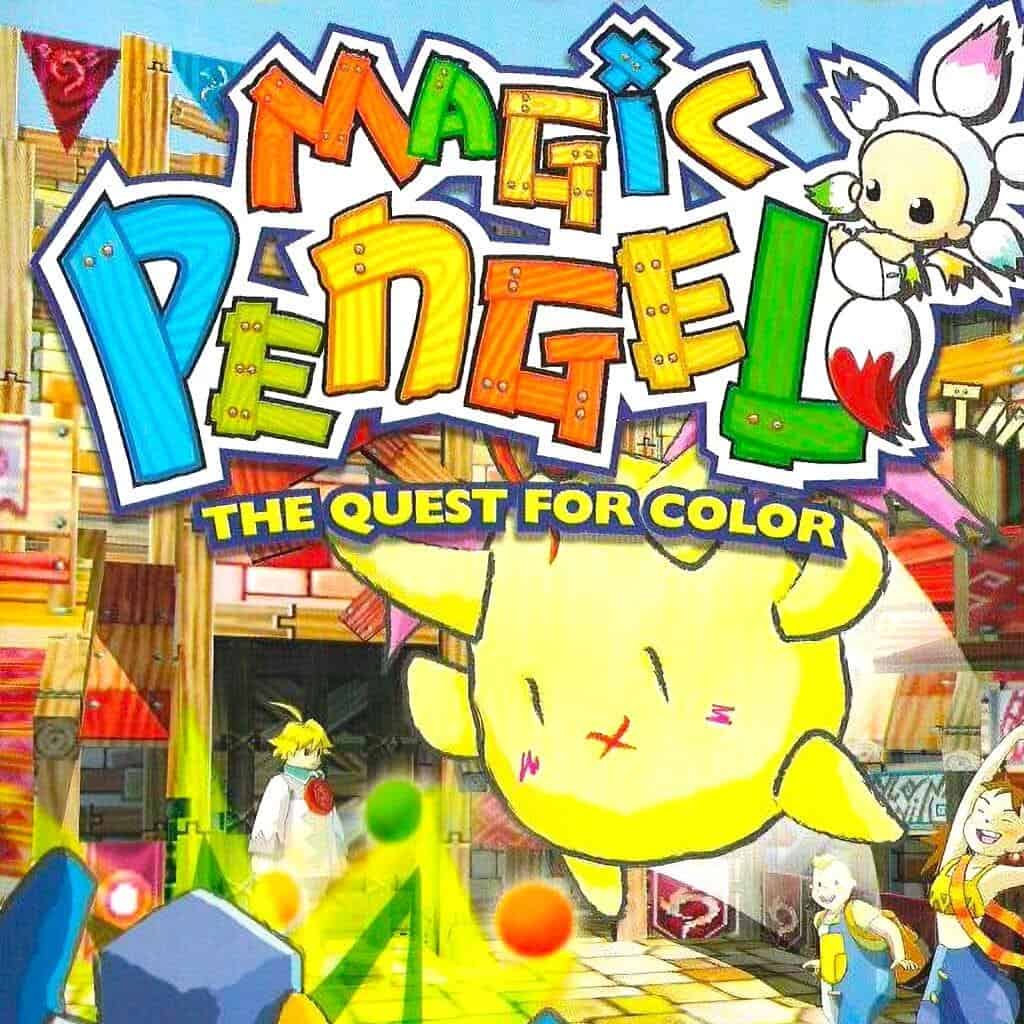As much as I’ve written here in praise of video games that I really, really enjoy, I also admit to sometimes having fun with certain “guilty pleasure” titles that are arguably (even undeniably) not-so-great when compared to other, better-crafted releases. And while I understand that taste is subjective, and every piece of media has supporters, I’d still like to highlight some games with just a little bit of “something” that keeps me from outright shunning them.
10. Altered Space: A 3-D Alien Adventure (1991)

Released in 1991 for Nintendo’s portable Game Boy console, Altered Space was developed as a puzzle-adventure “hybrid” entry featuring the system’s very first use of a pseudo-3D “isometric” perspective. Despite Altered Space‘s then-awkward implementation of a “3D” visual presentation, and my younger self being much less patient with games requiring more skill and planning than a basic platformer, there was still something oddly compelling about its prison-like spaceship setting.
9. Comix Zone (1995)
Even though 1995’s Comix Zone for the Sega Genesis is a very tedious, highly repetitive, and (in some places) extremely unforgiving beat-’em-up game, its central visual and conceptual basis in mid-1990’s American comic books is still a really fun and appealing aesthetic (including enemies and obstacles literally being “drawn” into the stages’ “panels”). If anything, the game’s enjoyable as a guilty pleasure for how it’s so much of a fairly accurate time capsule of the trends, fashions, and pop-cultural fixations of the period when it was released (which the Genesis effectively rode the wave of).
8. Fester’s Quest (1989)
Being a major guilty pleasure (but also a title I admittedly could never beat without cheating), the Addams Family-based video game Fester’s Quest for the NES was a Christmas gift my older brother and I received in 1991 while briefly living in Rhode Island: and it caused us no shortage of youthful enthusiasm and crushing disappointment in equal measure. Having watched many reruns of the 1964 TV series in syndication around that same time, and naively thinking the game’s box art looked amazing, both of us still “enjoyed” Quest despite its exceedingly tedious and unbalanced gameplay.
7. The Krion Conquest (1991)

It’s often said that imitation is the sincerest form of flattery – and in the case of 1991’s The Krion Conquest, I frequently rented and played it due to its extreme similarities to the mainline “classic” Mega Man series that I was already a big fan of by that point. Serving as a notable guilty pleasure for its shameless but unpolished replication of Mega Man‘s core gameplay (and even its visuals), I can’t completely bring myself to hate the game for its sheer audacity (and similarly “amazing” box art).
6. Blue Stinger (1999)
Released as a launch title for the 1999 North American debut of the ill-fated Sega Dreamcast, survival horror title Blue Stinger was an interesting but very campy game hampered by terrible voice-acting, janky controls and character animations, and a shoddy camera system. However, as a major fan of the three original Resident Evil games for the PS1, I actually found all of those issues tolerable and oddly endearing, with Blue Stinger quickly becoming another guilty pleasure of mine.
5. Sonic 3D Blast [Genesis Ver.] (1996)
Touching on another less-than-stellar game I received for Christmas, yet still enjoyed and played through multiple times, the Genesis version of Sonic 3D Blast was a then-admirable attempt to emulate the format of Rare’s Donkey Kong Country SNES trilogy. But even though it offered some relatively great-looking graphics for a late-era Genesis title, and featured a rather nice soundtrack, the game’s slower focus on exploration ironically contradicted Sonic’s established focus on speed.
4. Magic Pengel: The Quest for Color (2003)

Developed as yet another “monster battling” RPG to (unsuccessfully) join in on the likes of Pokémon, Digimon, and Monster Rancher, the obscure PS2 title Magic Pengel: The Quest for Color tried to stand out from the crowd by implementing a unique “sketching” mechanic to draw ‘mons in 2D – that are then translated into 3D models (sometimes disastrously). Part of the “guilty pleasure” here was admittedly coming up with the craziest and most…”unique” ‘mons I could pull off in the sketching process (though, to be fair, Magic Pengel‘s final boss theme – “Colorless” – is alarmingly gorgeous).
3. Friday the 13th (1989)
Published by LJN (the memetic “bane” of the Angry Video Game Nerd‘s existence), 1989’s Friday the 13th is well-known for being a poorly made NES tie-in saddled with a near-incomprehensible overworld that unfairly complicates players’ attempts to rescue Camp Crystal Lake’s children and counselors from Jason within limited windows. Yet, despite the release’s frustrating structure and gameplay parameters, it eventually gained a sort of cult following (myself included) due to its broken but quaint presentation (as well as the sheer novelty of a Friday the 13th game existing on the NES).
2. Jersey Devil (1998)
Having already discussed this game (and its arguable need for a remake) in a previous article, 3D platformer Jersey Devil for the PS1 does have a certain cartoonish but gloomy charm to its aesthetic (again, supplemented by a fantastic orchestral score from Gilles Léveillé). However, it’s still a shame that the game is burdened by its quite repetitive backtracking and item-collecting (as well as a poorly executed 3D camera system), and that the titular “Devil” didn’t receive any sequels or reappearances.
1. Deadly Premonition (2010)

And ending things on the veritable “crown jewel” of guilty pleasures, 2010’s Deadly Premonition is an open world survival horror title with visual and mechanical elements that ostensibly came out 10 years earlier (with many joking that it’s the “best unreleased Dreamcast video game”). While DP is haphazardly constructed and extremely bizarre, there’s still a very charming quality to it that makes for a wonderfully quirky and one-of-a-kind experience heavily drawing on themes and concepts from cult classic TV series Twin Peaks…and all of the intersecting horror, drama, and comedy that entails.
More must-reads:
- Mets manager gives blunt response to blowing six-run lead
- Bears make big decision amid concerning Caleb Williams reports
- The '2023 NFL AP second-team All-Pro' quiz
Breaking News
Trending News
Customize Your Newsletter
 +
+
Get the latest news and rumors, customized to your favorite sports and teams. Emailed daily. Always free!








